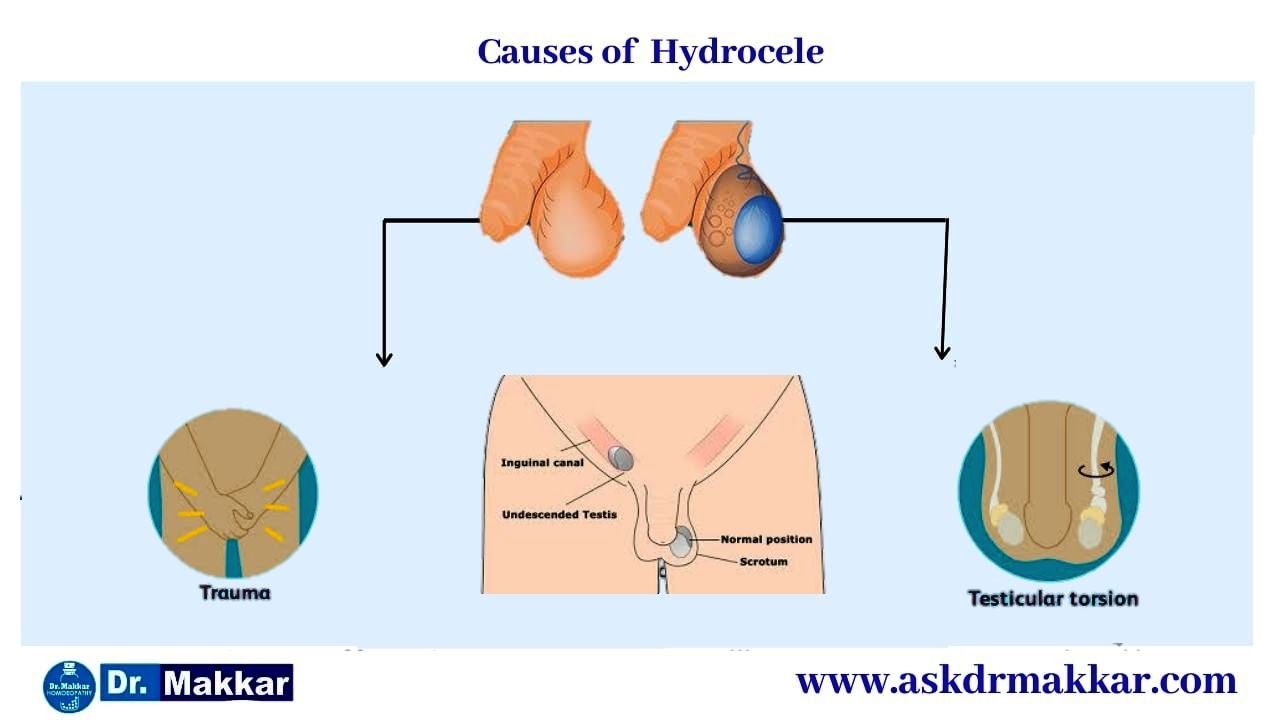 Although, the reason for the onset of hydrocele depends on the type. But the most common cause is the disrupted functioning of the lymphatic system. If a person has undergone some surgery like laparoscopic varicocelectomy can result in partial or complete description of drainage in the testicular lymphatic system. This imbalance in drainage and input can complicate the condition. Hydrocele can also cause after renal transplantation and testicular complications.
Although, the reason for the onset of hydrocele depends on the type. But the most common cause is the disrupted functioning of the lymphatic system. If a person has undergone some surgery like laparoscopic varicocelectomy can result in partial or complete description of drainage in the testicular lymphatic system. This imbalance in drainage and input can complicate the condition. Hydrocele can also cause after renal transplantation and testicular complications.
A small number of hydroceles are caused when something is wrong with one of the testicles . For example, infection, inflammation, injury or tumours of your testicle may cause fluid to be formed which leads to a hydrocele forming.
Sometimes hydroceles develop when there is generalised swelling of the lower half of your body due to fluid retention.
Hydrocele of canal of buck which is also known as female hydrocele or cyst of canal of buck which is usually seen in infant females and is mostly painless or can transform into painful swelling. In this way parasitic hydrocele and filarial hydrocele originated because of hydatid cysts, filariasis and Wuchereria bancrofti respectively.
During normal development, the testicles descend down a tube from the abdomen into the scrotum. Hydroceles result when this tube fails to close. Fluid drains from the abdomen through the open tube. The fluid builds up in the scrotum, where it becomes trapped. This causes the scrotum to become swollen.
Hydroceles normally go away a few months after birth, but their appearance may worry new parents.
In older males, a hydrocele can develop as a result of inflammation or injury within the scrotum. Inflammation may be the result of infection of the small coiled tube at the back of each testicle epididymitis or of the testicle orchitis.